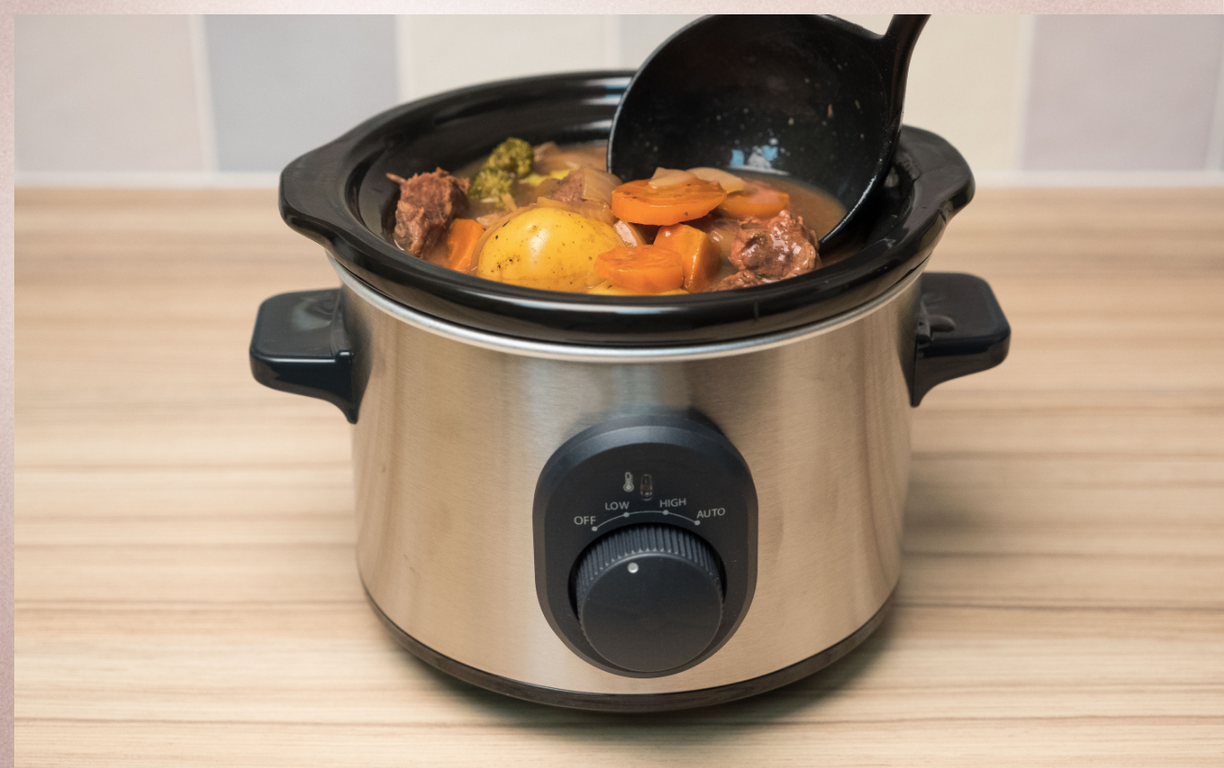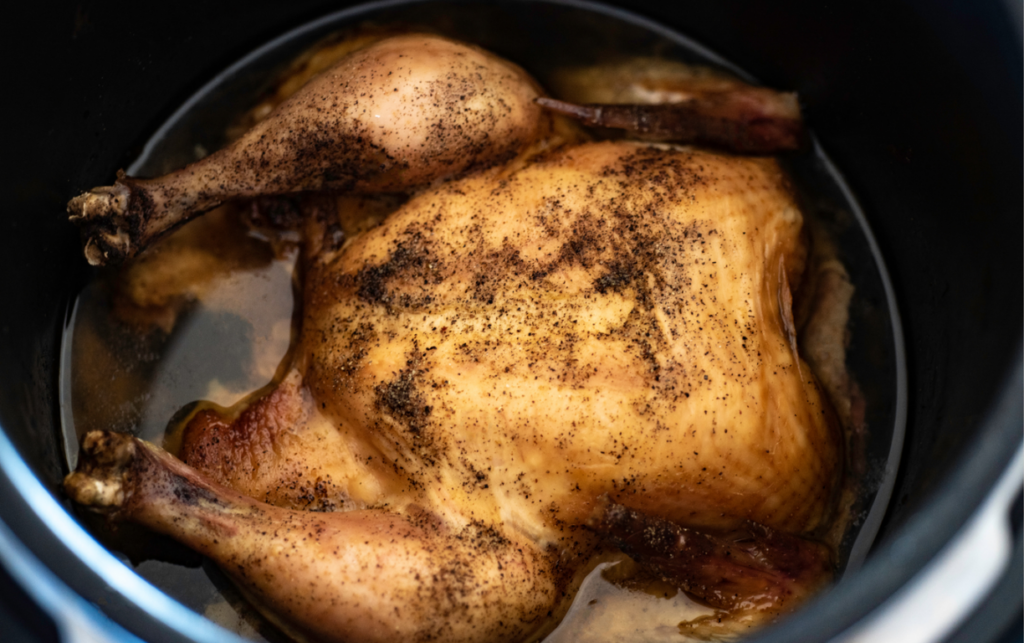Physical Address
304 North Cardinal St.
Dorchester Center, MA 02124
Physical Address
304 North Cardinal St.
Dorchester Center, MA 02124


Slow cookers are a game changer for busy lives, letting you prepare delicious meals with minimal effort. But you might wonder, how long can you leave a slow cooker on low without compromising safety or flavor? Understanding the optimal cooking times can make a big difference in your meal prep and ensure your dishes come out perfectly every time.
Slow cookers provide a convenient way to prepare meals without constant supervision. Understanding their operation and benefits enhances your cooking experience.
Slow cookers operate through low, steady heat. Electricity heats the elements, warming the ceramic pot. Ingredients cook slowly over several hours, allowing flavors to meld. You can set the temperature to low, usually around 190°F (88°C), or high, generally around 300°F (149°C). This simple mechanism creates tender results, making meats juicy and vegetables flavorful.
Using slow cookers offers numerous advantages:
Understanding these aspects of slow cookers enables you to maximize their use in meal preparations.
Understanding recommended cooking times for slow cookers on low heat ensures food safety and optimal flavor. You can enjoy delicious, perfectly cooked meals by following these guidelines.
Cooking times on low heat typically range from 6 to 10 hours. For best results, plan your meal preparation according to the ingredients used and desired tenderness. Cooking for less than 6 hours might not sufficiently tenderize tougher cuts of meat, while cooking for more than 10 hours may lead to overcooking and loss of texture. Always use a food thermometer to check that the internal temperature of meat reaches at least 165°F (74°C) to ensure safety.
Following these recommended cooking times allows for consistent, flavorful meals while making the most of your slow cooker’s capabilities.
Understanding safety considerations ensures enjoyable and safe slow cooking experiences. Take precautions to prevent foodborne illnesses and achieve optimal results.
The “Danger Zone” refers to the temperature range between 40°F and 140°F. Bacteria thrive in this zone, making it crucial to keep food outside this range. Slow cookers maintain a consistent low temperature, but if the cooking time exceeds 10 hours on low, the food may enter this dangerous zone. For optimal safety, ensure your slow cooker finishes cooking within this time frame. Always check that the internal temperature of meats reaches at least 165°F to prevent pathogen growth.
Recognizing overcooked food is vital for ensuring meal quality. Signs of overcooking include a dry texture or loss of moisture in meats and vegetables. Dishes may exhibit a stringy or mushy appearance, especially for meats that have broken down excessively. Additionally, watch for burnt edges, an unpleasant odor, or a thick, paste-like consistency in sauces. If you notice these signs, it indicates the food has cooked for too long and may not be safe or palatable.
Enhancing your slow cooking experience requires proper ingredient preparation and effective time management. Use these practical tips to achieve optimal results.
Understanding how long you can leave a slow cooker on low is essential for both safety and flavor. By sticking to the recommended cooking times of 6 to 10 hours for various ingredients, you can enjoy delicious meals without the worry of foodborne illnesses.
Remember to monitor the internal temperature of meats and avoid the Danger Zone to ensure your dishes are both safe and tasty. With a little planning and attention to detail, you can maximize the benefits of your slow cooker and create satisfying meals that fit seamlessly into your busy lifestyle. Happy cooking!

You can safely leave a slow cooker on low heat for about 6 to 10 hours. Cooking times vary depending on the type of food. Tough cuts of meat typically need 8 to 10 hours, while poultry and vegetables require 6 to 8 hours.
The “Danger Zone” refers to the temperature range between 40°F and 140°F, where bacteria can thrive. To prevent foodborne illnesses, make sure to cook food thoroughly and avoid leaving it in this temperature range for extended periods.
To prevent overcooking, choose the right cooking times for your ingredients, chop vegetables uniformly, and layer ingredients wisely. Additionally, monitor your cooking progress with timers and digital monitors to keep track of temperature.
Slow cookers offer convenience by allowing meal prep with minimal effort. They enhance flavors, retain nutrients, and are energy-efficient. You can prepare larger batches, making them perfect for meal planning and cooking various dishes.
Signs of overcooking include dry textures, mushy appearances, burnt edges, and unpleasant odors. If your meal exhibits these characteristics, it may not be safe or enjoyable to eat.